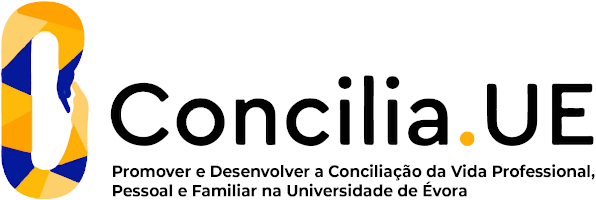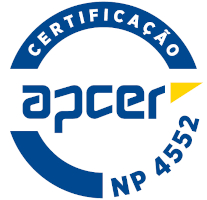Fluorescent membrane probes behaviour in lipid bilayers: combining theory and experiment.
- Universidade de Évora(líder)
- Instituto Superior Técnico(parceiro)
Summary
Fluorescence spectroscopy and microscopy have been used as tools to study membrane biophysics for decades now. In membrane studies, the basic structural unit is the phospholipid bilayer, and because phospholipids are non-fluorescent, extrinsic membrane probes are commonplace. Molecular dynamics (MD) simulations, by providing detailed atomic-scale information, represent a valuable way to characterize the location and dynamics of bilayer-inserted membrane probes, as well as the magnitude of perturbation they induce on the host lipid structure. Fluorophore properties such as mass distribution, orientation, extent of solvation/hydrogen bonding, radial distribution functions, rotational and translational dynamics, aggregation state and free energy of bilayer insertion can be monitored. On the other hand, bilayer parameters include area per lipid, mass distributions, translational and rotational (headgroup, acyl chain) dynamics, order parameters, orientation of water molecules and lipid headgroups at the interface, and electrostatic potential across the membrane. Comparison between simulation runs in presence and absence of bilayer-incorporated probe allows evaluation of the perturbation induced by the latter. For the purpose of validation of the simulation parameters and protocols, several parameters calculated from simulation can be compared to experimental observables, some of which are obtainable from different fluorescence techniques, as commented above. In additional, unique detailed information can be recovered at the atomic scale. The present project aims to characterize in detail the behaviour of important classes of fluorescent membrane probes by combining MD simulations with suitable fluorescence experiments. For each studied probe, degrees of freedom such as probe concentration, lipid phase and bilayer composition will be explored. A complete assessment of probe properties when inserted in the host bilayer, as well as their effect on the latter, will be undertaken. The atomic-scale detailed information retrieved will provide both rationalization of the known properties and new insights regarding each of the studied probes. Limits for safe use of the probes without inducing significant perturbation to the host bilayer will be established.
Goals, activities and expected/achieved results
Goals
Activities
The following activities are expected to result from the project:
- Publication of 1 book chapter and 10 peer-reviewed journal articles
- Presentation of 12 communications (6 at national conferences + 6 at international conferences)
- Completion of 1 Ph.D. and two MSc. theses
- Organization of a workshop





















